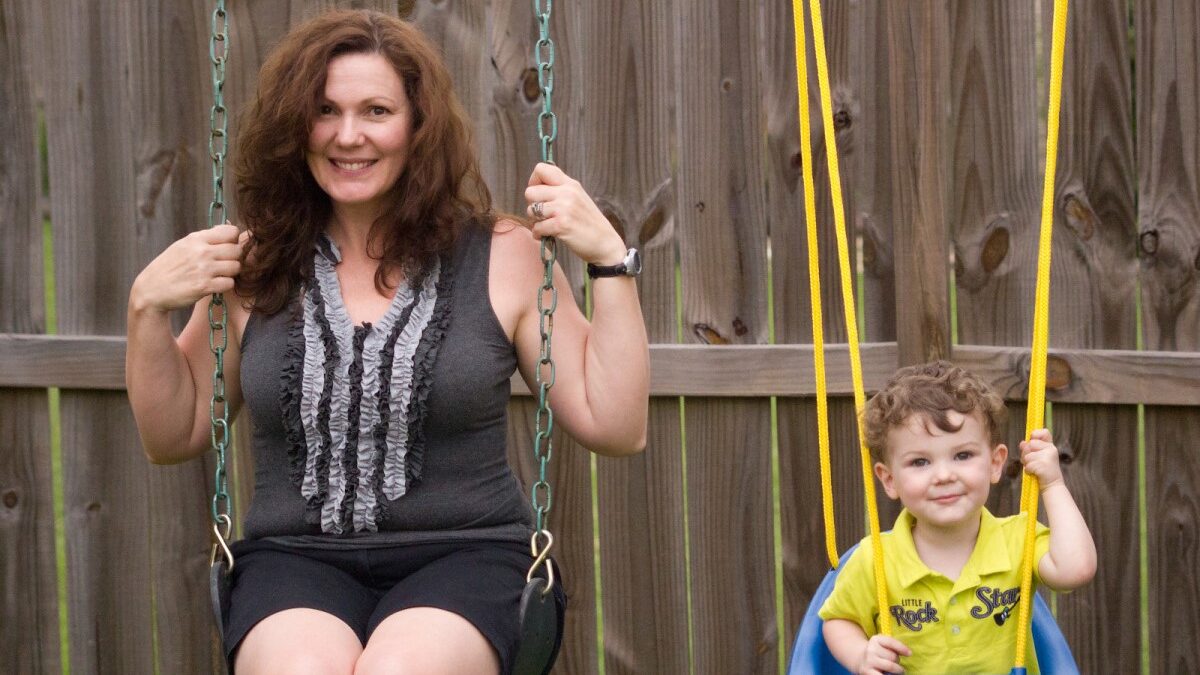
With the 2020 election in sight, Democratic presidential candidates are beginning to peddle platforms to appeal to their liberal base. For presidential hopeful Elizabeth Warren, a universal day care entitlement crowns her current checklist.
But day care is not what most women want. Rather, a majority of American moms with children younger than 18 prefer not to work outside the home. For those who remain in the workforce after giving birth or adopting, government-run or government-subsidized day care is not the preferred choice: Flexibility is.
Flexibility, though, is not a familiar concept in our current style of government—especially the federal government. While the federal government may excel at the taxing and spending necessary to provide the promised affordable day care, working mothers, their children, and society would all be better off if businesses offered real options instead of government stepping in.
However, for all the talk of “work-life balance,” corporate America remains rooted to a model of working motherhood that sandwiches 12 weeks of maternity leave between the start and the elusive finish line of the rat race. So much so, in fact, that some on-trend companies promote their “egg-freezing” fringe benefit—a solid tell that these employers see themselves as owning their workers’ young adulthood.
There’s a better way: Sabbaticals.
Could Sabbaticals Be A Better Option?
Children need their mothers’ presence, especially young children. For many women, then, a sabbatical offers the best option to meet both her child’s needs and her professional ambitions. This would allow a mother (or father—Title VII requires this) to take a three- to seven-year unpaid leave from employment.
This would differ from moms dropping out of the workforce then seeking reentry years later. Many moms face difficulties when returning to work after a multi-year gap because employers view their skill sets as rusty (and they may well be right). So, instead of saying farewell to a talented employee and allowing all the knowledge, training, and connections made prior to motherhood to atrophy, employers should craft detailed sabbatical agreements that ensure a mom remains connected to her career, colleagues, and corporation, if that’s what she desires.
For instance, the mom on sabbatical could participate in firm-sponsored training and professional development sessions. Providing funding for professional associations, conferences, and continuing education would also preserve the mom’s knowledge base. Keeping mom’s work email account active and leaving her on pertinent listservs would allow her to remain connected to colleagues. Her attending monthly or annual meetings would do the same. Inviting the mom to social events would also promote continued connection to colleagues and the corporation.
Of course, these suggestions come at a cost to both the businesses and the moms. Employers might wonder what’s in this for them, and the answer is, quite a lot. First, the corporation could offer sabbaticals to only their top employees, in which case the benefit is clear: Retaining top talent.
Relatedly, the firm has already sunk a lot into training and grooming its employees, so a business will benefit if, when a mom reenters the workforce, she returns to her former employer. Not only will businesses retain top talent, but an innovative sabbatical program will attract gifted new hires who are committed to their careers but don’t necessarily want that to come at the expense of other values like family.
Businesses would also benefit by crafting sabbatical programs that require set deliverables from a mom. With access to a company computer and the internet, even a full-time stay-at-home mom could provide valuable services to her “employer” while on leave, in exchange for the professional and financial benefits this sabbatical system offers her.
While on a sabbatical, a mom could continue to mentor new employees, field questions in her relevant field, or draft or update training materials or desktop procedures. Her assisting in recruitment efforts by visiting an alma mater, conducting telephone interviews, or selling the firm to highly desired candidates would all benefit businesses while allowing mom to remain the primary caregiver of her child.
Other possible options? Participating in committee work, writing professional articles, or summarizing recent advances in the relevant field all likewise further an employer’s interest without drowning the new mom in overbearing demands. Community outreach on behalf of the firm is another area ripe with potential, from serving on nonprofit or academic advisory boards to speaking on relevant topics related to her subject matter expertise at local colleges or other organizations.
Sabbatical Agreements Could Differ and Morph
Of courses, businesses and the sabbatical staff would need to agree on the scope of the sabbatical, and how much is expected of mom would depend on the perks offered to a sabbatical employee. A business would likewise need to include a ban on outside employment during the sabbatical period and protect any trade secrets.
The relationship could also morph over time, with mom shifting to contract work in a year or two after giving birth, with her accepting (or declining) specific paid projects based on the ebb and flow of family demands. Later, working a more consistent part-time may be appealing and, once kids begin school, a flexible full-time schedule which allows for tele-work and early morning, late-night, or weekend schedules offers moms an attractive option.
Sure, this approach is not possible for every job or position and may not meet the needs of all employers or the desires of all moms, but neither does government-funded day care. Also, the sabbatical option doesn’t come with a trillion-dollar price tag and the immeasurable costs to society stemming from expanded abandonment of infants to the arms of strangers.









